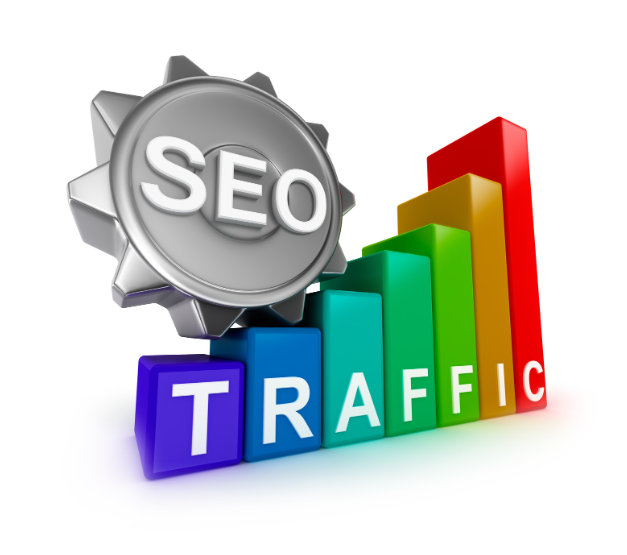In the fast-paced world of digital advertising, understanding and optimizing for Google’s Quality Score Algorithm is paramount for advertisers looking to boost their performance. In this blog post, we’ll delve into the intricacies of Google’s Quality Score, exploring its components, factors influencing it, and providing actionable tips to enhance your ad campaigns.
What is Google’s Quality Score?
Google’s Quality Score is a dynamic metric that plays a pivotal role in determining the success of your online advertising efforts. Originating from the early days of Google AdWords, this algorithm evaluates the relevance of your keywords, the quality of your ad content, and the overall user experience on your landing page.
Components of Google’s Quality Score Algorithm
Relevance of Keywords:
Effective keyword research and selection are the cornerstones of a high Quality Score. Choose keywords that align closely with your ad content and are relevant to your target audience. Experiment with different matching types to find the optimal balance.
Quality of Ad Content:
Craft compelling ad copy that not only includes your chosen keywords but also resonates with your audience. Ensure a seamless transition from ad to landing page by maintaining consistency in messaging and design.
Click-Through Rate (CTR) and its Role:
CTR is a critical factor in Quality Score. Develop strategies to improve CTR, such as creating compelling calls-to-action and refining your targeting to reach the most relevant audience.
Factors Influencing Quality Score
Understanding the nuances of factors like ad relevance, landing page experience, historical performance, and expected click-through rate is crucial. Develop strategies tailored to each factor, as they collectively contribute to your overall Quality Score.
Benefits of a High Quality Score
A high Quality Score brings numerous advantages, including a lower cost per click (CPC), improved ad positioning, and enhanced visibility and reach. Investing time and effort into optimizing for Quality Score can yield significant returns in the long run.
Common Challenges and Pitfalls
Avoid common misconceptions about Quality Score, such as overemphasizing specific factors. Stay adaptable to algorithm updates, and be mindful of striking a balance between different elements to achieve a holistic optimization strategy.
Tips and Best Practices for Boosting Quality Score
Implementing regular monitoring and adjustments, conducting A/B testing for ad variations, and optimizing landing pages are key best practices. Explore these strategies to continuously refine and improve your Quality Score over time.
Tools for Monitoring and Improving Quality Score
Utilize Google Ads tools and third-party analytics for effective monitoring and optimization. These tools offer valuable insights into your campaign performance and enable data-driven decision-making.
Future Trends in Quality Score Algorithm
Stay ahead of the curve by anticipating changes and updates in the Quality Score Algorithm. Adapt your strategies to align with the evolving landscape of online advertising.
Takeaway
Understanding and optimizing for Google’s Quality Score Algorithm is a continuous journey that requires diligence and strategic thinking. By implementing the tips and best practices discussed in this blog post, advertisers can position themselves for success in an ever-evolving digital advertising landscape.











